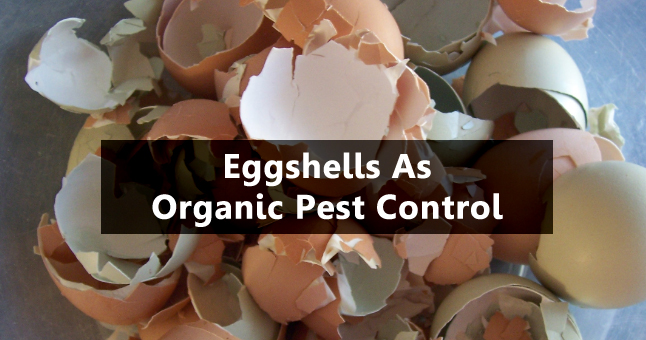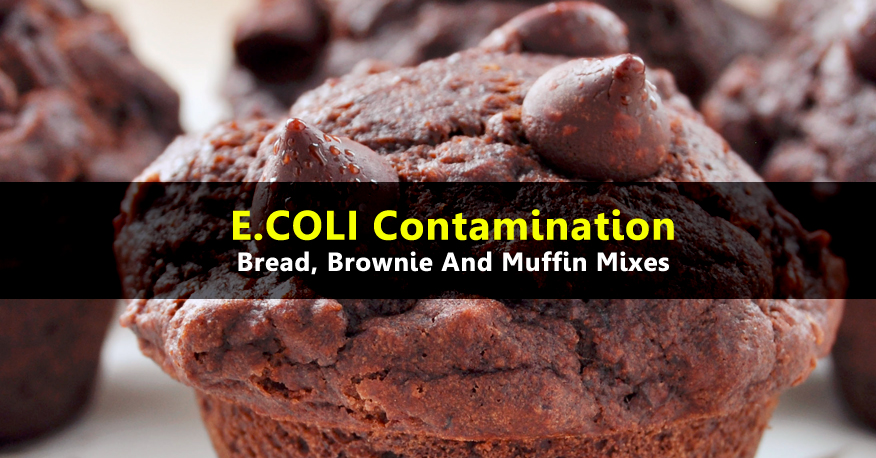1. Fertilizer
Eggshells are a great way to add calcium to your compost. Because shells have a very high surface area to volume ratio, they decompose very quickly. Don’t even worry about sterilizing or grinding them up. Just toss your shells on the pile or into the barrel and turn them under.
Alternately, you can incorporate crumbled eggshell directly into the bottoms of your planting holes in the spring.
During the winter months, distribute your shells over the plot of land where you will plant come springtime. Once the ground warms up, you can till the shells into the soil. If you are adverse to the idea of having eggshells on the ground all winter, you can also clean and store the shells until planting season rolls around.
While calcium is considered a secondary nutrient for plants, your garden will certainly appreciate the added minerals, especially if you grow tomatoes or peppers as these plants are the most easily affected by calcium-deficiency.
2. Pest-Deterrent
If you have problems with slugs and snails in your garden, try sprinkling coarsely-crumbled eggshells around the plants where these slimy little pests like to dine. The shells’ sharp edges deter snails and slugs by abrading the sensitive foot of any land mollusc that attempts to cross the barrier. Most snails and slugs will quickly emigrate from your garden in search of easier pickings.
3. Seed-starter Pots
Because eggshells quickly biodegrade when introduced into soil in the garden, they also double as the perfect seed-starter pots. When you open your eggs to remove the contents, try to break just a small hole at the pointier end of the shell. Clean the inside of the eggshells (boiling water works well for this) and puncture a small drainage hole in the bottom of each empty shell. You can then place them back into the carton, fill each shell with moist potting soil, and add your seeds. Once the seedlings outgrow their “pots” you can transplant them shell and all directly into bigger pots or out into the garden.
4. Feed the Birds
Both before and after laying eggs, mother birds need more calcium in their diets. Sterilize your eggshells by baking them at 250°F / 120°C for about ten minutes so the shells are dry, but not brown on the inside. Then crumble your eggshells well and place them outdoors (in a feeder or even just on the ground) during the spring and summer. You can also mix the eggshell crumbles with birdseed, suet, or mealworms in an existing bird feeder. Either way, your healthy mama birds just might thank you by also dining on insect pests that may otherwise damage your garden.
5. Repel Deer
If you have deer visiting your garden as if were their own personal buffet every night, scatter some eggshells around the plants they’re munching on the most. Deer hate the smell of albumin and tend to stay away from an area that smells like raw eggs. Just be careful using this method as the smell may actually attract smaller vermin like rodents who like to eat eggs.
6. Aesthetic Value
Finely-ground eggshells can also be quite pretty. If you have a large family or simply eat a lot of eggs, boil your shells to sterilize them, crumble, then drop them into a large glass jar for storage. Once you’ve collected enough shell crumbles, sprinkle them around and in between your plants. Not only will the eggshells help control pests and eventually add calcium back to the soil, the white color can also be a beautiful accent to your garden. Add crumbled oyster shells for an even more interesting appearance with all of the same garden health benefits.
With these six tips under your belt, now both you and your garden can enjoy the health benefits of nature’s perfect food – the egg.
Read more (naturallivingideas.com)
Similar Stories:
- 10 Ways to Keep Deer Away
- Starting Seeds in Eggshells
- Soil Blocks for Seed Starting
- Growing Figs In a Temperate Climate
- Five Myths About Food Safety and Home Gardens




